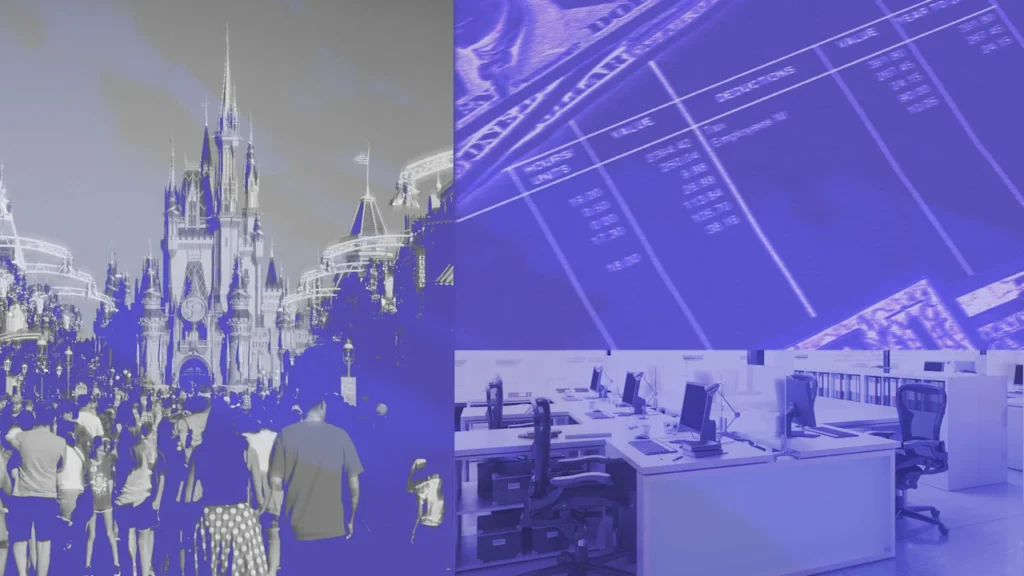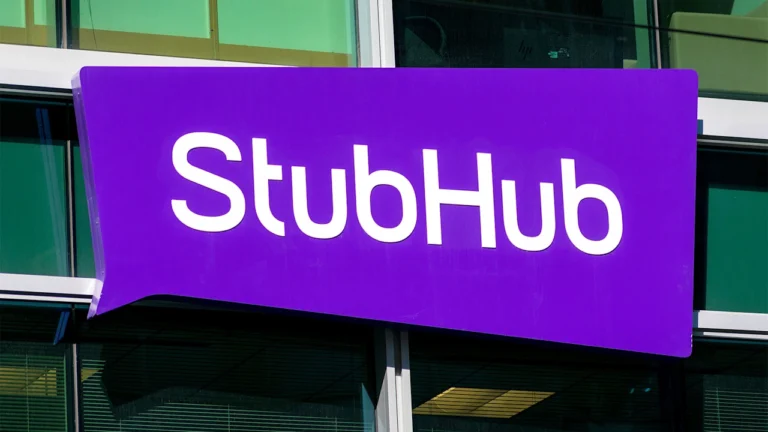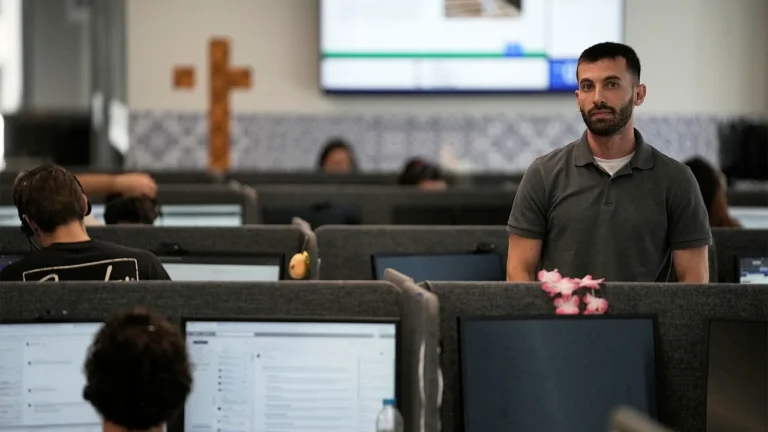
Hello and welcome to Modern CEO! I’m Stephanie Mehta, CEO and chief content officer of Mansueto Ventures. Each week this newsletter explores inclusive approaches to leadership drawn from conversations with executives and entrepreneurs, and from the pages of Inc. and Fast Company. If you received this newsletter from a friend, you can sign up to get it yourself every Monday morning.
In recent weeks, I’ve been recommending and forwarding to friends and associates three smart stories that crossed my desk. Each ostensibly offers insightful or timely snapshots of modern American business. But upon deeper reflection, these very different pieces also shine a light on the state of middle-class U.S. workers and consumers, whose struggles may only intensify.
Together, these stories—along with a number of economic indicators like stubborn inflation and slipping consumer sentiment—offer CEOs and business leaders a warning about the risks of capitalism that works for the few and not the many.
Mind the gap
Daniel Currell’s guest essay in The New York Times shows how Walt Disney World Resort has evolved from an accessible “all-American vacation” to a luxury experience targeting high-net-worth households. Wealthy visitors can pay for premium passes that let them bypass lines; one tech executive quoted in the article experienced 16 attractions in seven hours. Meanwhile, Scarlett Cressel, a bus driver who could not afford to pay for special ride reservations and other perks, managed nine attractions over 14 hours. Adding to her frustration, a mobility scooter she rented to help her navigate the park broke down. It’s a powerful metaphor for the middle class quite literally being left behind.
Disney is hardly alone in pursuing rich customers. Currell, a management consultant, says he’s worked with “dozens” of companies that are abandoning the mass market. “Many of our biggest private institutions are now focused on selling the privileged a markedly better experience, leaving everyone else to either give up—or fight to keep up,” he writes.
Roger Lowenstein’s Wall Street Journal essay, “How—and Why—U.S. Capitalism Is Unlike Any Other,” helps us understand how we got here. The work is a sweeping review of the forces that shaped an economic system (bolstered by legislation that protects the sanctity of contracts and created public schools to educate workers) that focused on opportunity, individualism, and risk-taking. Those values led to the innovation and entrepreneurship that have long made America the envy of the world. And yet: “Inequality 2.0 is alive and well,” he writes. “American capitalism remains fiercely competitive, remarkably productive, resilient in the face of a thousand doomsayers—and the author of a persistent wealth gap.”
Also in the Journal, Theo Francis offers an unsettling assessment of the disconnect between markets and the health of the middle class. He explains how the recent strong earnings season—buoyed by job cuts and higher prices—may actually be hurting consumers, on whom the U.S. economy relies to keep spending. “The gains enjoyed by companies and their investors aren’t softening the unease consumers and employees feel—and might be obscuring signals that ordinary Americans are putting their anxiety into action,” Francis writes.
And anxiety is likely to only increase with the deployment of generative artificial intelligence (gen AI) solutions that are already replacing entry-level work.
Corporate support for the middle class
However, companies have an opportunity to strengthen rather than hollow out the middle class. They can invest in workforce development to train employees for jobs of the future and, like a previous generation of capitalists, champion policies that support this cohort and help them increase their spending power. Lowenstein’s article reminds us that the abolition of debtors’ prisons and the creation of forgiving bankruptcy laws essentially helped codify opportunity for Americans.
If companies don’t move to address inequality by supporting compassionate and commonsense policies that can uplift Americans, they may find themselves dealing with more extreme correctives. Lowenstein writes that the response to the robber barons of the Gilded Age was “antitrust prosecutions, reformist legislation, the Great War, and the Great Depression.” He quips: “Cures for inequality are sometimes worse than the affliction.”
Is your company addressing income disparities?
Readers, do you feel companies have a role to play in addressing income disparities, and if so, what can business leaders do? Send your examples to me at stephaniemehta@mansueto.com. I’ll feature some of the most compelling in a future newsletter.
Read more: Capitalism 2.0
Capitalism needs a rebrand to win over Gen Z
Darren Walker on how to save capitalism from itself
Is the middle class okay?

